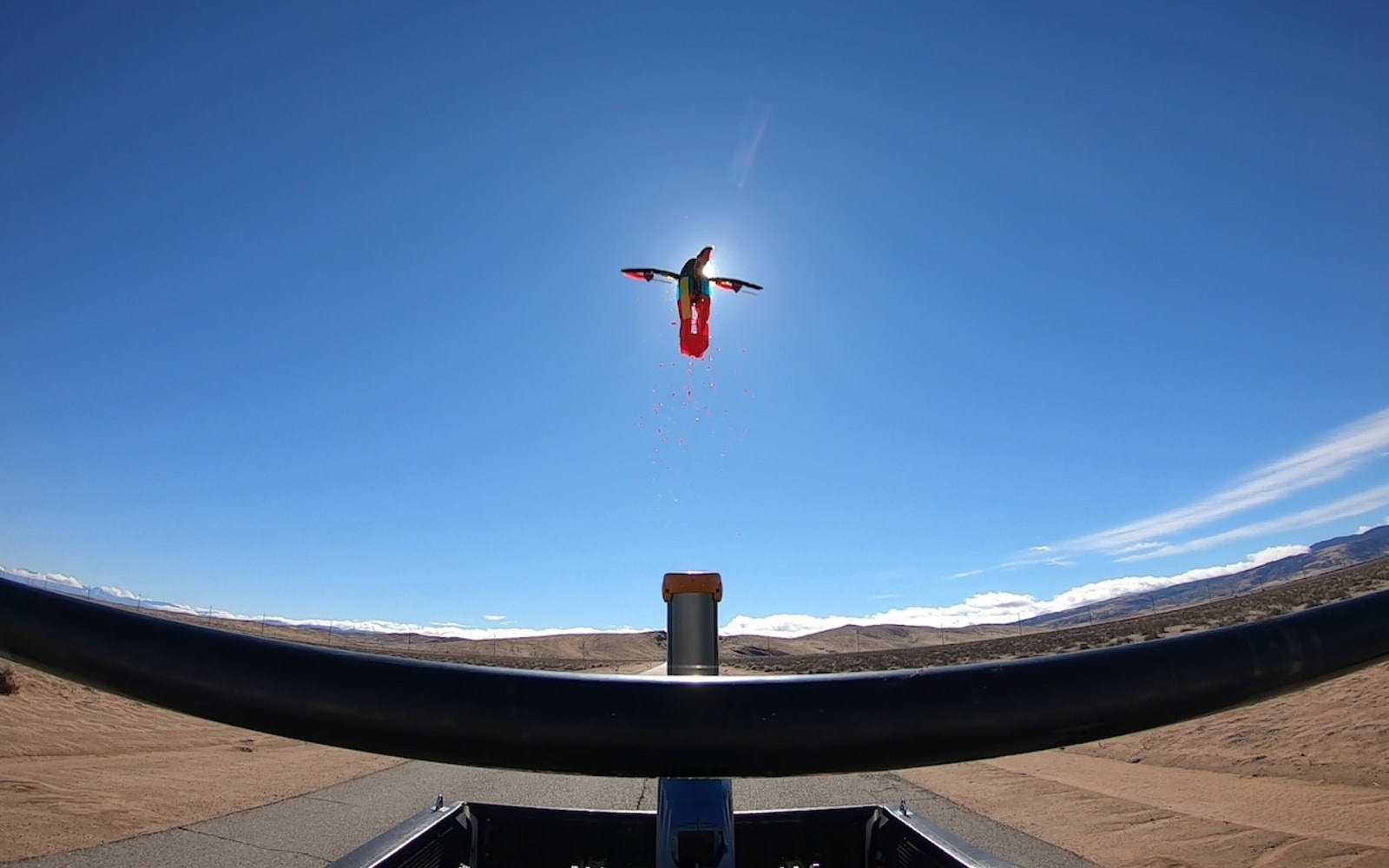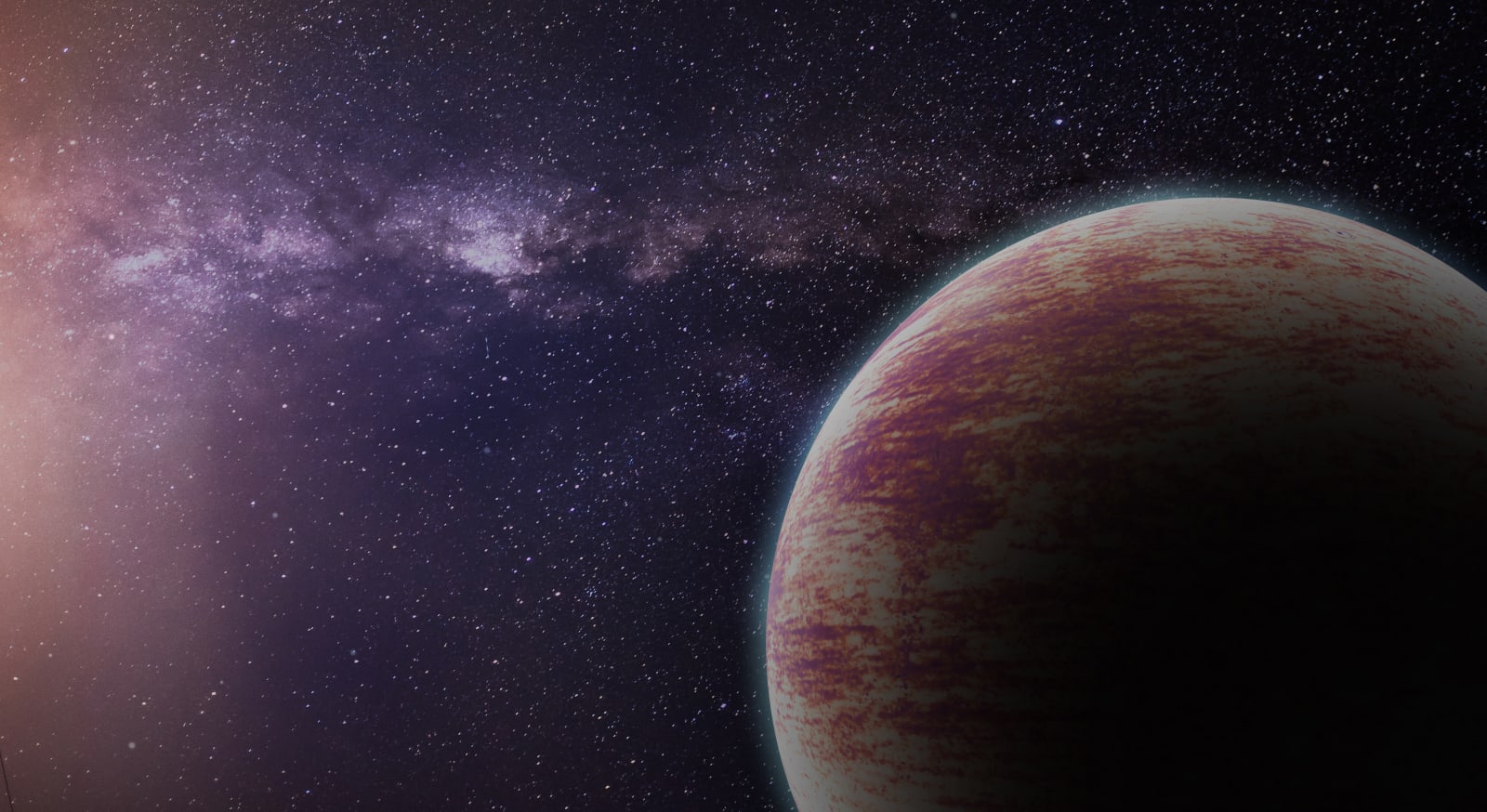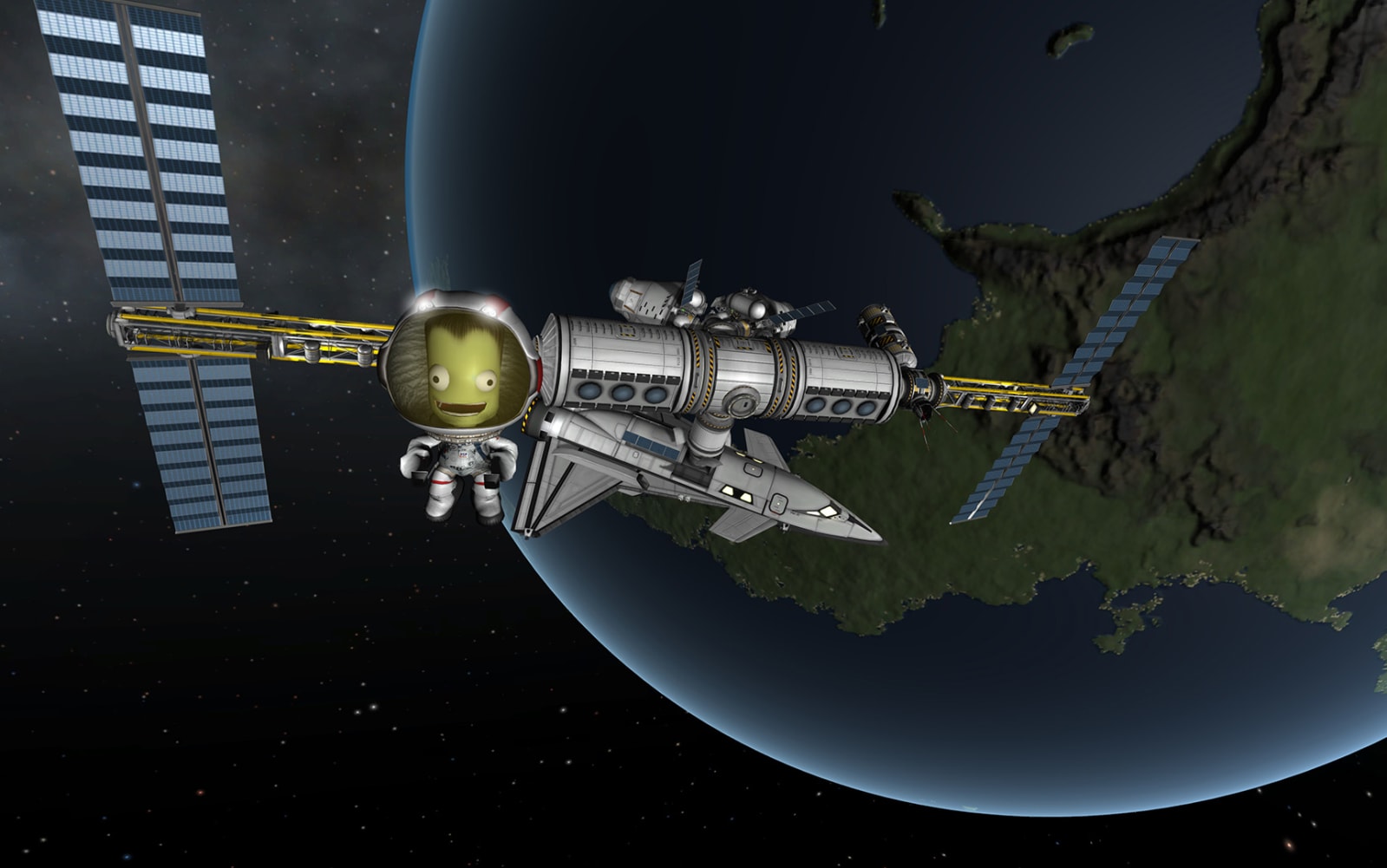Long before mankind sets foot on anything but the Moon, it will have already sent plenty of robots into space to explore the great unknown. Flexible tentacle robots seem to be ahead of the other mechanical device of their kind, though.
Sure, Curiosity, Opportunity and the other rovers are not only good-looking, but also highly-functional. And still, researchers have found a way of making planet exploring robots even better: equip them with tentacle-like arms. Bioinspired robotics is definitely not something new, but it’s the first time it will be applied on NASA’s rovers. More precisely, the arms of this new generation of robots look a lot like elephant trunks, octopus arms and giraffe tongues.
Grasping things and inspecting Mars crevices in a similar way a space-octopus would do weren’t exactly on NASA rovers’ to-do list. In fact, “those are all things that would be difficult for a conventional robot to do,” claimed roboticist Ian Walker of Clemson University in April at a presentation for NASA’s Future In-Space Operations group.
Until now, conventional robots have been designed to function much like humans, and their arms resembled ours, with joints and everything else. In space, that design might not be as useful, though. “What we want to do is something rather different than that,” stated Walker. Their ultimate purpose is to create “something that can adapt its shape more completely down its structure, and to be able to adapt to environments you haven’t seen before. So it’s the non-factory scenario, in many ways.”
Walker has explained that the design of the flexible NASA robots goes beyond elephant trunks and octopus tentacles: “You could reach it out into the environment and grab things, and basically use it as a tunable hook for stability. In some ways, this is inspired by various monkeys.”
An alternative to making their arms highly flexible would be to equip them with different tools with similar functionality: “They would basically have a robot lasso, or a robot rope, that would be part of their toolkit that they could deploy in situations that called for it.”
“Mechanically, these things are cheap and very versatile in what they can do,” added Walker. However, the challenge is “to extract that performance from it. So there are questions of, How much do you need to model it? How much does it need to know?”
The community of tentacle robot researchers have gone a long way in the past few years, and there will be even more progress in this field in the years to come: “The learning curve has been significantly attacked, and I would say that we know an incredible amount more now than we did five years ago. At the progress we’re making right now, I would be surprised if there aren’t things that look intelligent and [are] intelligent in, say, a decade.”
Be social! Follow Walyou on Facebook and Twitter, and read more related stories about the Harvard’s wearable robot that got $3M in funding from DARPA, and the bio-inspired Robugtix 3D-printed T8 octopod robot.

 Researchers launched a drone from a pneumatic baseball pitching machine strapped to a truck traveling 50 miles per hour. They hope this ballistic launch method might lead to drones that are better suited for emergency response and space exploration m...
Researchers launched a drone from a pneumatic baseball pitching machine strapped to a truck traveling 50 miles per hour. They hope this ballistic launch method might lead to drones that are better suited for emergency response and space exploration m...
 Researchers launched a drone from a pneumatic baseball pitching machine strapped to a truck traveling 50 miles per hour. They hope this ballistic launch method might lead to drones that are better suited for emergency response and space exploration m...
Researchers launched a drone from a pneumatic baseball pitching machine strapped to a truck traveling 50 miles per hour. They hope this ballistic launch method might lead to drones that are better suited for emergency response and space exploration m...
 Water vapor is common in gas giants; Jupiter, Saturn, Uranus and Neptune all have H2O floating around in their atmospheres. But water on a rocky planet is exceedingly rare, making the discovery of water vapor -- and possibly even rain -- on the exopl...
Water vapor is common in gas giants; Jupiter, Saturn, Uranus and Neptune all have H2O floating around in their atmospheres. But water on a rocky planet is exceedingly rare, making the discovery of water vapor -- and possibly even rain -- on the exopl...
 It's been four years since Kerbal Space Program (KSP) -- the spacecraft building and flight simulation game -- officially launched. While Elon Musk once called the title "awesome" and joked that SpaceX used KSP for testing software, it was due for a...
It's been four years since Kerbal Space Program (KSP) -- the spacecraft building and flight simulation game -- officially launched. While Elon Musk once called the title "awesome" and joked that SpaceX used KSP for testing software, it was due for a...
















